New leaves losing chlorophyll
icaru
15 years ago
Related Stories
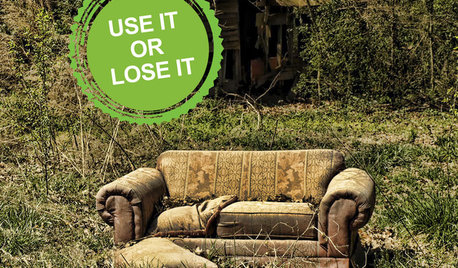
DECORATING GUIDESLose It: How to Reuse, Recycle or Replace Your Sofa
Follow these tips and tricks to keep your worn-out couch from ending up in a landfill
Full Story
BATHROOM DESIGNThe Glass Bathroom Wall: Love It or Lose It?
There's no question that a glass wall makes a bathroom feel more open. Are they private enough for you?
Full Story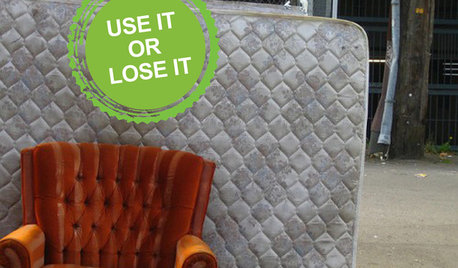
DECORATING GUIDESLose It: How to Get Rid of a Mattress
Updating your bedroom? Here's how to donate, reuse or recycle that mattress — and keep it out of the landfill
Full Story
EARTH DAYThe Case for Losing the Traditional Lawn
Work less, help the environment and foster connections by just saying no to typical turf
Full Story
MOST POPULAR7 Ways to Design Your Kitchen to Help You Lose Weight
In his new book, Slim by Design, eating-behavior expert Brian Wansink shows us how to get our kitchens working better
Full Story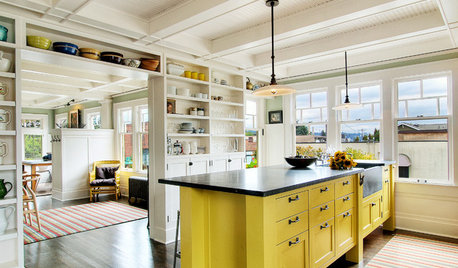
KITCHEN DESIGNHow to Lose Some of Your Upper Kitchen Cabinets
Lovely views, display-worthy objects and dramatic backsplashes are just some of the reasons to consider getting out the sledgehammer
Full Story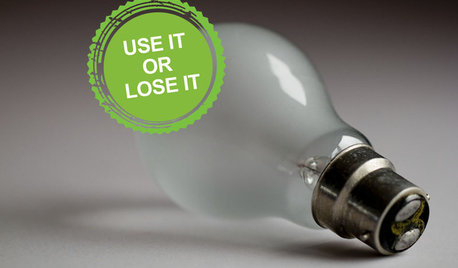
DECORATING GUIDESLose It: How to Get Rid of Old Light Bulbs
When the light goes out, you'll want to get rid of the bulb safely. Here's how
Full Story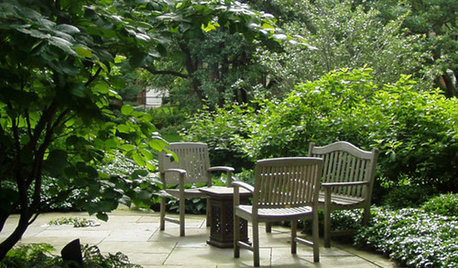
GARDENING AND LANDSCAPINGYour Yard: Are You Ready to Lose the Lawn?
Save time and water with good-looking alternatives to turf grass
Full Story
GARDENING GUIDESWhat's Wrong With My Plant? Leaves Often Hold the Clues
Learn how to identify common plant ailments by reading their leaves
Full Story
HOME TECHAll Is Not Lost: New Gadgets Help You Find Your Stuff
If you lose it when you lose things around the house (and who doesn't?), one of these wireless finders may be to your gain
Full StoryMore Discussions






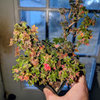
larryox1
goren
Related Professionals
Camas Landscape Architects & Landscape Designers · La Marque Landscape Architects & Landscape Designers · Saint Charles Landscape Architects & Landscape Designers · El Sobrante Landscape Contractors · Farmington Landscape Contractors · North Plainfield Landscape Contractors · Pompano Beach Landscape Contractors · Severna Park Landscape Contractors · Soddy Daisy Landscape Contractors · West Haverstraw Landscape Contractors · Columbus Roofing & Gutters · Elgin Roofing & Gutters · Thousand Oaks Roofing & Gutters · Burlington Roofing & Gutters · Cincinnati Roofing & GuttersSteve Massachusetts